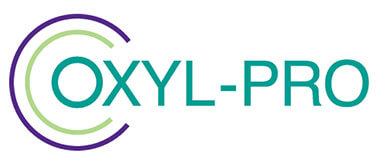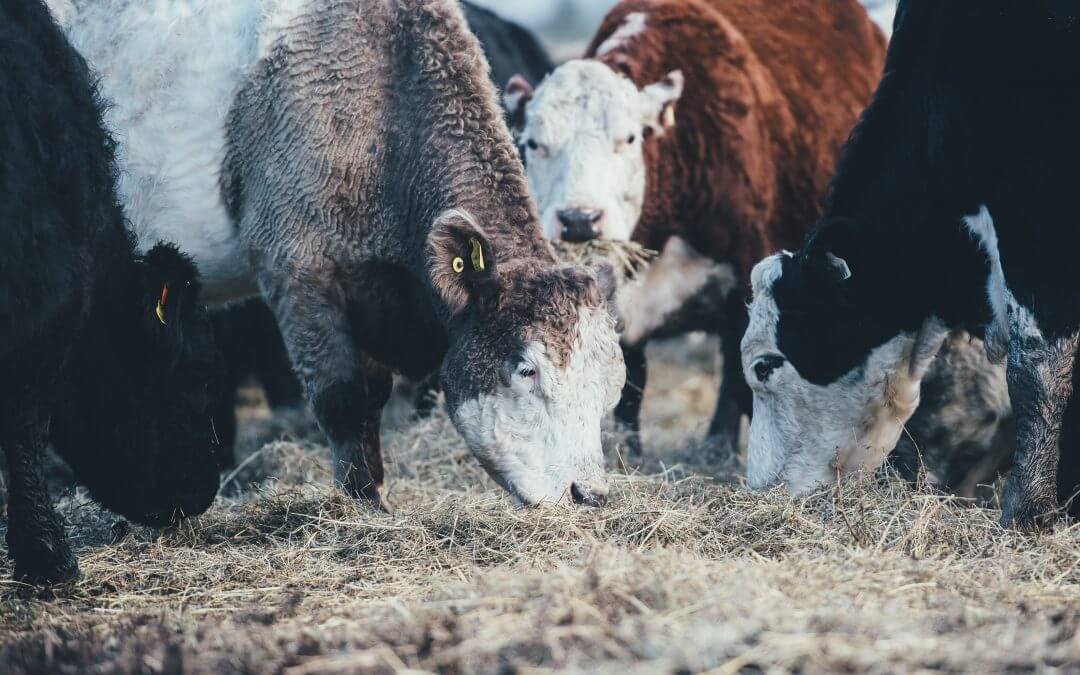Cleaning dairy parlour surfaces thoroughly is essential to prevent the build-up of bacteria and milk residues.
Applying an effective farm disinfectant should be an integral part of this cleaning process.
Without an effective cleaning routine, dairy farms are exposing themselves to the risk of bacterial infection.
The risk comes from thermoduric bacteria, which are heat-resisting, spore-forming bacteria. These bacteria can survive the pasteurisation process and carry over into dairy products.
This can reduce the shelf-life of milk, or cause spoilage to cheese and butter. The most common of these bacteria are bacillus and clostridium.
Failure to clean dairy parlours effectively can also lead to cross-infection from diseases such as mastitis, which herds can contract from contaminated milking equipment.
Cleaning Procedure for Dairy Parlours
Pre-clean
First, begin with using low-pressure water to remove debris and loose muck. It’s important to remove these deposits from clusters, liners, long-milk tubes and pulse tubes.
Always clean these surfaces BEFORE any hot water cleaning cycle, otherwise you risk baking faecal matter onto surfaces, making it harder to remove.
However, do use warm water for this, because if you apply cold water to the outside of pipes you will reduce the temperature of the water circulating inside it.
When the time comes, the interiors of pipes will require sufficiently hot water to remove bacterial and milk residues.
Once you have removed these initial clusters, you can then apply a jet spray. Do clean the jets first, in case they have any residue built up from previous use.
Three-stage Cleaning Cycle
Stage one: pre-rinse to remove any milky residues. Use tepid water for this purpose, between 30°C and 40°C.
Allow this water to run to waste.
Stage two: circulate water to remove any fats proteins and minerals. This should be hotter water, at 85°C.
You should use it to clean the system and heat up the metal pipework. By warming up the pipes, you can ensure the next, main phase of warm water circulation involving a recommended farm disinfectant.
Oxyl-Pro Pollo is a multi-purpose farm disinfectant, developed for use in livestock farming. It is highly effective in the disinfection of surfaces and equipment, as well as water systems and drinking pipes. It is a form of stabilised hydrogen peroxide that uses only food-safe ingredients.
This main circulation phase should last at least six minutes, with a minimum circulation temperature of 55°C.
Stage three: remove chemicals with a final rinse. Depending on your water source, you may want to add more disinfectant at this stage.
Dairy Parlour Cleaning Tips
As well as taking these practical steps, and sticking to a routine-based procedure, it’s important to consider various aspects.
- Water quality is crucial. Ideally this should be mains drinking water, but you can add a farm disinfectant to make sure it is safe and effective against bacteria.
- Adding a disinfectant will be essential if the water you use for cleaning is drawn from bore-holes.
- Always check water volumes during cleaning, to ensure you are meeting target quantities
- Your choice of chemical cleaner is essential. It should reduce the thermoduric bacteria which will otherwise resist the water temperature. Check its active ingredients, and do not exceed the recommended dilution for cleaning.
- Maintaining temperature is also vital. This is what will help reduce bacterial and milk residues. You may want to use a digital thermometer in the water tank, to ensure the water is the right temperature at source. You should also check the water temperature within the system.
- Finally, there is the issue of time. You should clean your system for at least six minutes at 77–85°C, but ideally aim for 10 minutes.
- Carry out the full cleaning and disinfection process after every every milking.
For more information about Oxyl-Pro Pollo, and our complete product range, please complete our contact form, call us on +44 1606 851 782, or email enquiries@oxylpro.com

